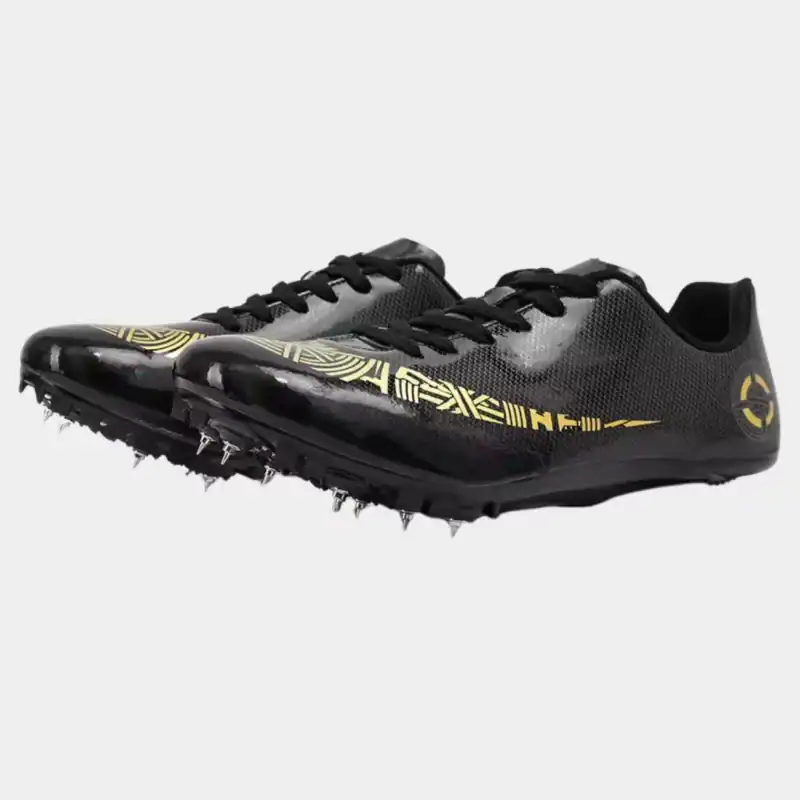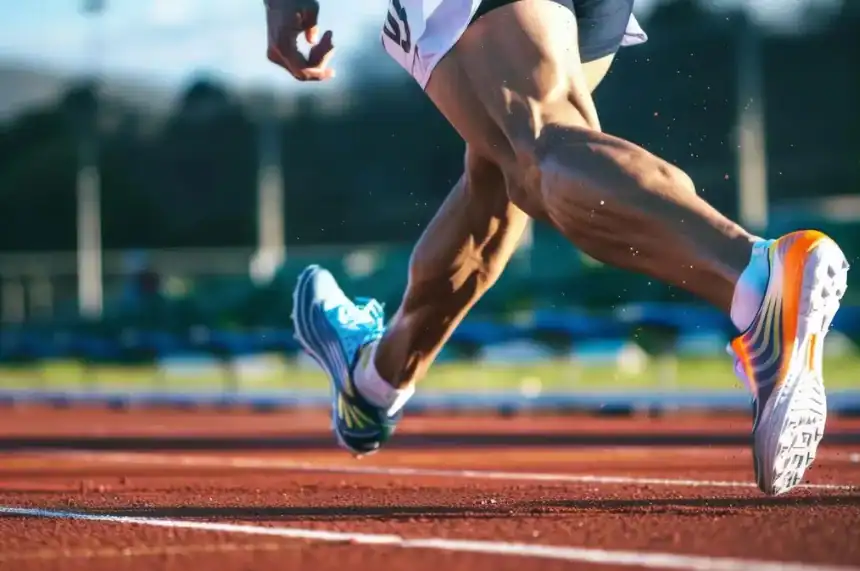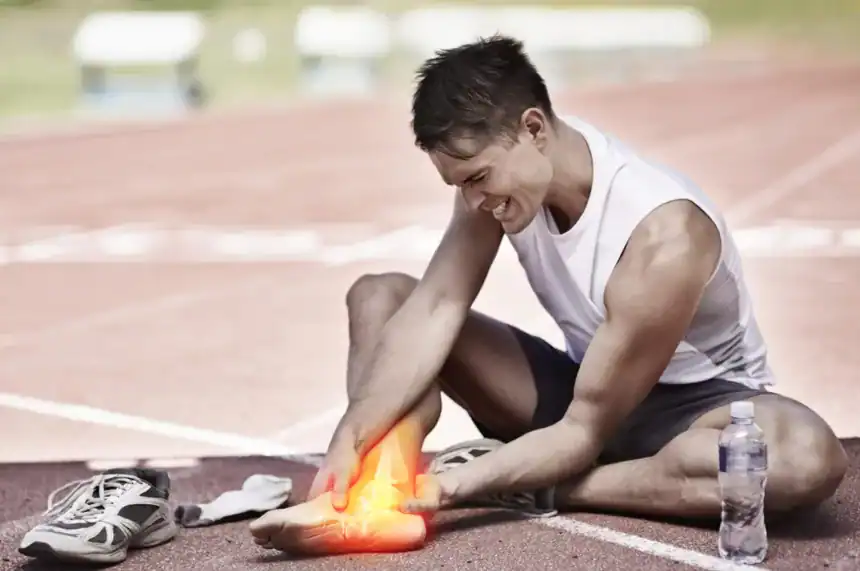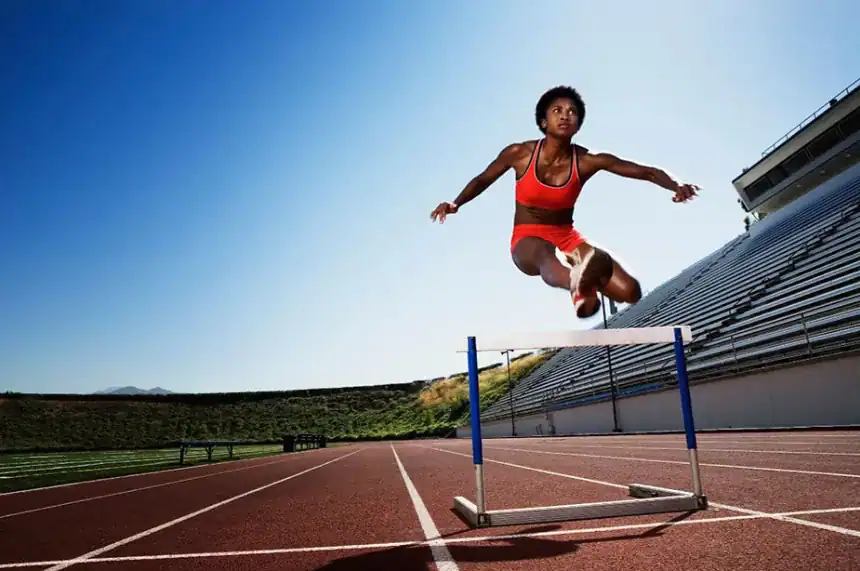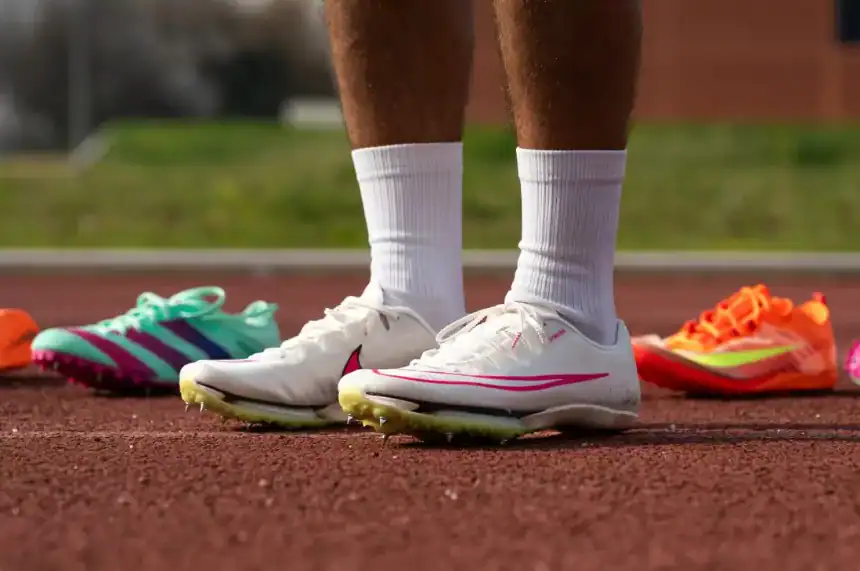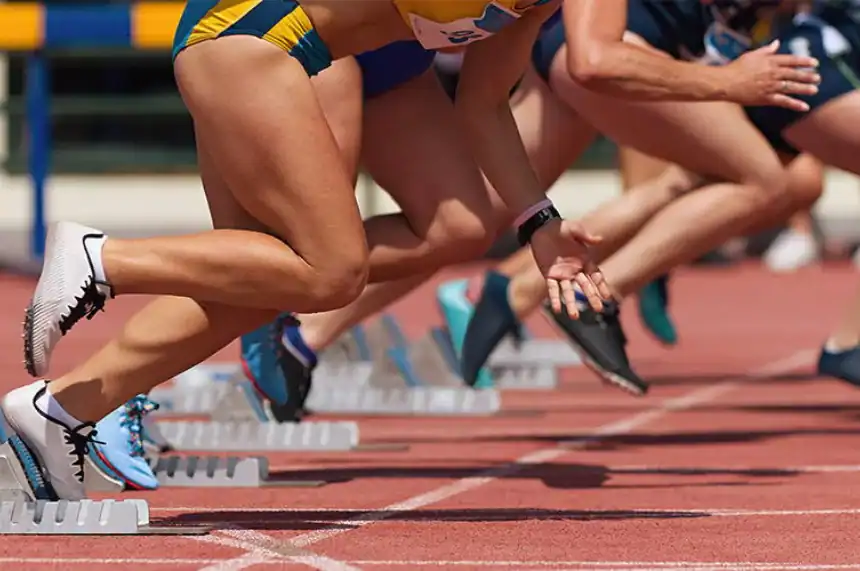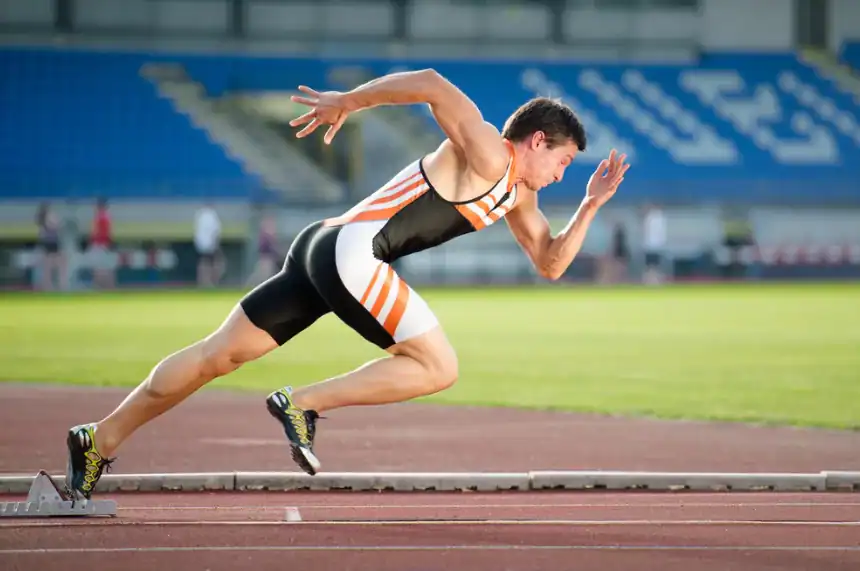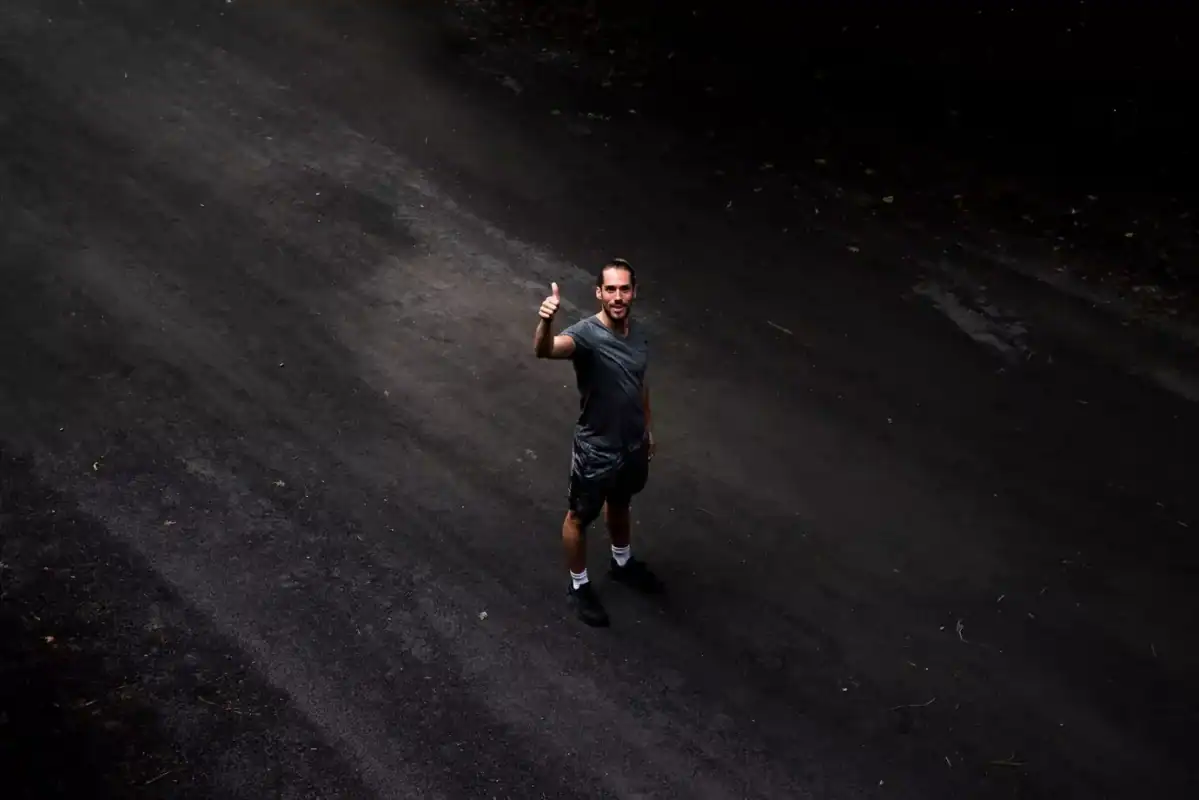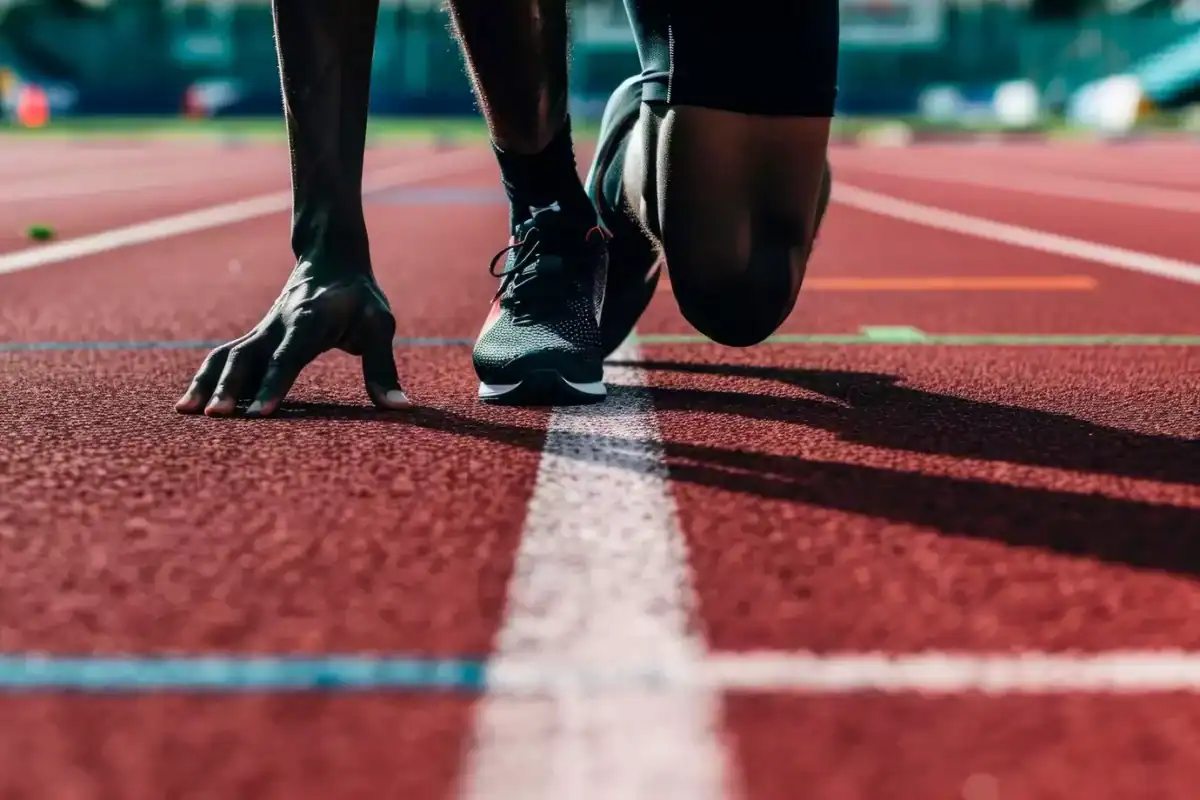Blog
Track and Field Injury Prevention with Proper Footwear

How to Prevent Common Injuries in Track and Field Using Proper Footwear
Track and field is an intense sport that requires speed, endurance, and precision. However, without the right footwear, athletes are at risk of common injuries such as shin splints, plantar fasciitis, Achilles tendonitis, and stress fractures. The track and field injury prevention key is selecting the right track spikes and running shoes designed for your specific event and biomechanics. In this article, we’ll explore how to prevent injuries in track and field using proper footwear from Piste.
Understanding Common Track and Field Injuries
Before diving into the role of footwear, it’s important to understand the common injuries athletes face on the track:
- Shin Splints – Pain along the shinbone due to overuse and improper shock absorption.
- Plantar Fasciitis – Heel pain caused by strain on the arch of the foot.
- Achilles Tendonitis – Inflammation of the Achilles tendon due to excessive strain.
- Stress Fractures – Small cracks in bones caused by repetitive impact.
- Ankle Sprains – Twisting injuries that stretch or tear ligaments in the ankle.
All of these injuries can be reduced with the right footwear, ensuring proper support, cushioning, and stability.
Choosing the Right Track and Field Shoes
Selecting the right shoes is crucial for preventing injuries. Here’s how to choose the best footwear based on your needs:
1. Match Your Shoes to Your Event
Different track and field events require specialized shoes. Wearing the wrong type can lead to discomfort and injury.
- Sprint Spikes – Designed for maximum speed and explosive power, these shoes have minimal cushioning and a stiff plate for propulsion.
- Distance Spikes – Lightweight and flexible, these provide slight cushioning for longer races while maintaining efficiency.
- Jumping Spikes – High jump, long jump, and pole vault spikes offer enhanced grip and stability.
- Throwing Shoes – Discus, shot put, and javelin shoes offer a flat, stable base for power transfer.
At Piste, we provide specialized shoes for every event to help reduce injury risks and optimize performance.
2. Ensure a Proper Fit
Ill-fitting shoes can cause blisters, stress fractures, and balance issues. Follow these tips to find the right fit:
- Measure your feet before purchasing to ensure an accurate size.
- Allow for a snug but comfortable fit with enough room for toe movement.
- Consider foot arch type—flat, neutral, or high arch—to find shoes with the right support.
3. Cushioning and Shock Absorption
High-impact activities like sprinting and jumping generate significant force. Shoes with proper cushioning help absorb shock and reduce strain on the joints. Piste offers models designed with optimal cushioning for different event types, ensuring a balance of comfort and efficiency.
4. Stability and Support Features
To prevent rolling ankles and instability, choose shoes with good lateral support and traction. Sprint spikes typically have aggressive plate designs for explosive starts, while distance spikes offer a blend of support and flexibility.
The Role of Spikes in Injury Prevention
Track spikes are designed to enhance performance, but they also play a key role in injury prevention by offering:
- Increased Traction – Reducing slipping and missteps.
- Efficient Power Transfer – Encouraging proper running mechanics and reducing strain.
- Event-Specific Support – Preventing overuse injuries by catering to the biomechanics of different track events.
Piste carries high-quality spikes for sprinters, distance runners, and field event athletes to ensure they compete safely and effectively.
Tips for Injury Prevention Beyond Footwear
While wearing the right shoes is crucial, combining it with proper training and care further reduces injury risks:
- Gradual Training Progression – Avoid sudden increases in intensity or mileage to prevent stress fractures and muscle strains.
- Strength Training – Strengthening leg and foot muscles improves stability and reduces injury risks.
- Stretching and Recovery – Incorporate dynamic stretching before training and static stretching post-workout.
- Replace Worn-Out Shoes – Running and sprinting shoes lose cushioning over time, increasing impact stress on joints.
Final Thoughts
Proper footwear is one of the most effective ways to prevent injuries in track and field. Choosing the right spikes or running shoes from Piste ensures optimal support, comfort, and performance. Whether you are a sprinter, distance runner, or field event athlete, investing in high-quality footwear tailored to your needs can keep you injury-free and at the top of your game.

